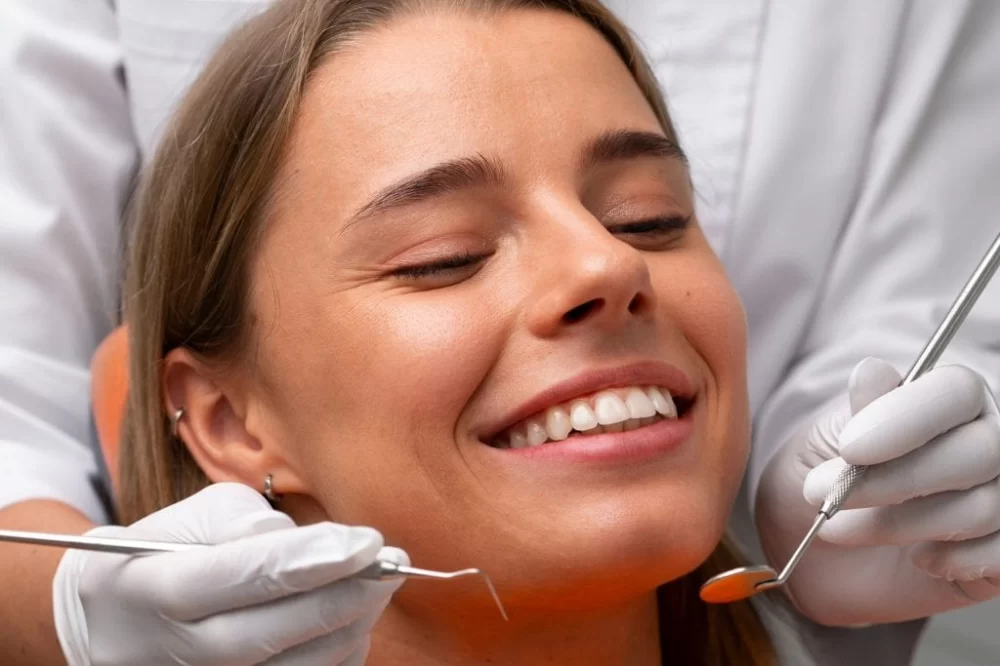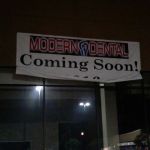
Tips for a Smooth and Speedy Tooth Extraction Recovery
When I had to undergo a tooth extraction for the first time, I was filled with nervousness and many questions. I had no idea what to expect from the recovery process or how to ensure a smooth and quick recovery. As someone who had always been wary of dental procedures, I quickly realized that the recovery process could be just as important as the procedure itself. After learning a lot through experience, I’ve compiled a set of essential tips that helped me during my recovery, which I’m sure will assist anyone going through the same situation.
Understanding the Tooth Extraction Recovery Process
First things first, it’s important to understand what happens after your tooth extraction. The healing process starts immediately after the procedure. Your body begins to form a blood clot at the extraction site to stop the bleeding and protect the bone and nerves underneath. This clot is crucial for healing, so it's vital to follow specific instructions to ensure the best outcome. For example, avoiding sucking motions or spitting forcefully can prevent the clot from dislodging, a situation known as "dry socket." Trust me, dry socket is something you definitely want to avoid as it can cause intense pain and delay the recovery process.
1. Rest and Take It Easy
After my procedure, I was advised to rest for the first 24 hours. This is one of the most important recovery tips I can give you. While it might be tempting to get back to your normal routine, rest is essential for your body to start the healing process. Keep your head elevated with pillows to reduce swelling and help with blood circulation. I found it most helpful to lie back, relax, and avoid any heavy physical activity. If you’re like me and enjoy staying active, this forced rest might feel like a challenge, but trust me, your body will thank you.
2. Manage Pain and Swelling Effectively
Another concern I had post-extraction was managing the pain and swelling. I was prescribed pain relievers, but I also found that applying an ice pack to my face helped significantly in the first 48 hours. Ice reduces swelling and provides relief from the discomfort that’s bound to occur after the surgery. I applied the ice pack for 20 minutes at a time and took breaks in between. Be cautious not to overdo it, as too much ice can lead to frostbite, which is just another thing to worry about.
3. Eat Soft Foods and Stay Hydrated
During the initial phase of your recovery, it’s crucial to stick to soft foods. Think mashed potatoes, yogurt, smoothies, and soups. I made sure to avoid anything crunchy, hard, or spicy that could irritate my extraction site. Eating soft foods not only minimizes the risk of discomfort but also helps you maintain proper nutrition while your body heals. Also, stay hydrated—drinking plenty of water is important to flush out any toxins and keep your body functioning well. However, avoid drinking with a straw during the first few days as the suction can disturb the blood clot.
4. Follow Your Dentist’s Post-Op Instructions
Adhering to the post-operative care instructions your dentist gives you is crucial for a speedy recovery. I remember feeling overwhelmed by all the dos and don’ts, but sticking to the instructions made a noticeable difference. My dentist told me to avoid smoking for at least a few days and to take antibiotics as prescribed. This helped reduce the risk of infection, which is something you don’t want to deal with. If you have any doubts, don't hesitate to contact your dentist—they are there to guide you every step of the way.
5. Keep the Extraction Area Clean
Maintaining oral hygiene after a tooth extraction is vital, but you need to be gentle. I was advised to rinse my mouth with warm salt water starting 24 hours after the procedure. The salt water helps reduce swelling and keeps the area clean, but I made sure not to swish too vigorously. Additionally, brushing my teeth was still essential, but I avoided the extraction site directly. Instead, I used a soft-bristled toothbrush to gently clean the surrounding areas. This made a huge difference in preventing complications like infection.
6. Watch Out for Complications
While most tooth extractions heal without any issues, it’s important to be aware of potential complications. For example, if the pain worsens or doesn’t improve within a few days, or if you notice unusual swelling or a fever, it’s a good idea to consult your dentist. I experienced some mild bleeding on the first day, which was perfectly normal, but if the bleeding doesn’t stop, it could indicate a problem. The more informed you are about possible issues, the quicker you can address them and avoid a prolonged recovery.
7. Be Patient—It Takes Time
One of the most important things I learned was that recovery takes time. The first few days after the procedure can be tough, but as the days go by, things start to improve. Be patient with yourself, and give your body the time it needs to heal. Within a week, I felt much better, and within two weeks, I was almost back to normal. Of course, everyone’s recovery timeline can differ, but it’s essential to keep in mind that healing is a gradual process. Just follow the guidelines and be kind to your body during this time.
Conclusion
Tooth extraction recovery is a process that requires care and attention, but it doesn’t have to be a daunting experience. By following the tips I’ve shared, staying informed, and listening to your body, you can ensure a smooth and speedy recovery. Remember, your dentist is your partner in this journey, so don’t hesitate to reach out with any questions or concerns. With time, patience, and the right care, you’ll be back to smiling in no time!







 UI Health Mile Square Health Center - Primary and Immediate Care3.0 (13 review)
UI Health Mile Square Health Center - Primary and Immediate Care3.0 (13 review) Barrett Dental Care4.0 (221 review)
Barrett Dental Care4.0 (221 review) Dr. Mia L. Ancheta - San Angel Dental3.0 (26 review)
Dr. Mia L. Ancheta - San Angel Dental3.0 (26 review) Modern Dental3.0 (148 review)
Modern Dental3.0 (148 review) Advanced Care In Endodontics5.0 (345 review)
Advanced Care In Endodontics5.0 (345 review) Pearl Family Dental Care4.0 (123 review)
Pearl Family Dental Care4.0 (123 review) The Importance of Oral Health Education During Pregnancy for a Healthy Pregnancy
The Importance of Oral Health Education During Pregnancy for a Healthy Pregnancy Best Tips for Brushing Your Teeth Properly for Healthy Gums: Essential Techniques for Oral Health
Best Tips for Brushing Your Teeth Properly for Healthy Gums: Essential Techniques for Oral Health Why Skipping Dental Checkups Can Lead to Bigger Oral Health Problems
Why Skipping Dental Checkups Can Lead to Bigger Oral Health Problems Advantages of Porcelain Dental Restorations
Advantages of Porcelain Dental Restorations How Can Diabetes Cause Tooth and Gum Problems? Preventing and Managing Oral Health Issues
How Can Diabetes Cause Tooth and Gum Problems? Preventing and Managing Oral Health Issues Healthy Habits for Promoting Good Oral Health and Hygiene: Tips for a Healthy Smile
Healthy Habits for Promoting Good Oral Health and Hygiene: Tips for a Healthy Smile